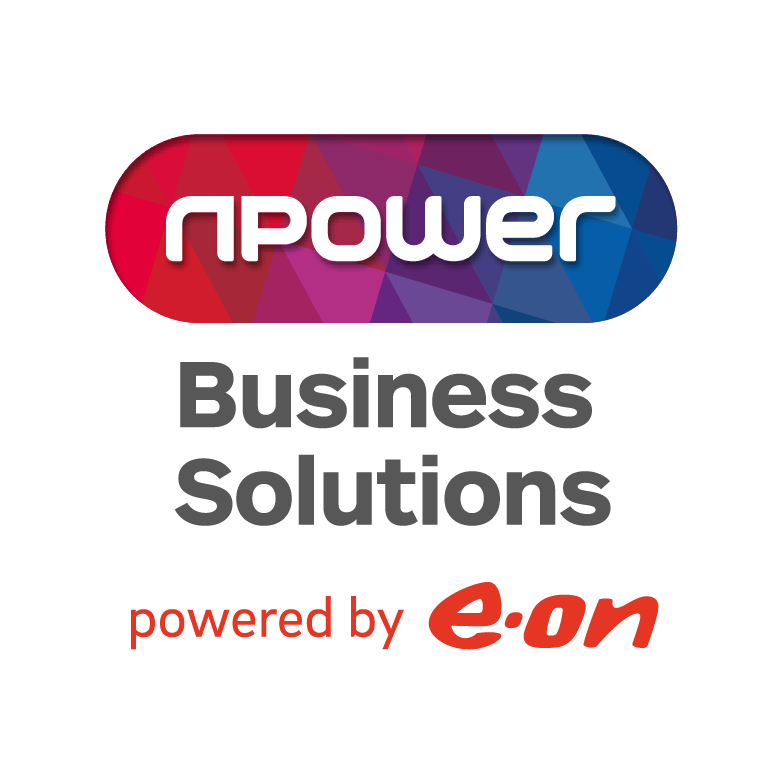With more than 350 petrol forecourts under its ownership, MRH (GB) Limited spends in excess of £300,000 a year on lighting costs and electrical maintenance. However, an innovative project which saw MRH work with npower Business Solutions, Energy HQ (nBS, EHQ) looks set to reduce energy costs by almost 90%, saving the company some £260,000 each year.
Petrol forecourt lighting is often required 24 hours a day to ensure a practical and safe environment for staff and customers. With more than 4,000 incandescent lamps across its 350 petrol stations in the UK, MRH (GB) Limited had high energy consumption levels. In addition, the complexity of maintenance in such a high throughput and potentially hazardous area was also contributing to rising costs.
Looking to drive efficiencies in its energy use across its forecourts, MRH approached nBS, EHQ to identify where savings could be made. With more than 40 years’ experience of providing energy-saving solutions to businesses, nBS, EHQ recommended replacing the incandescent lamps in the petrol station canopies with LED counterparts.
More efficient and longer lasting, LED lights provide low-intensity illumination, which is ideal for businesses like petrol stations, which often operate 24 hours a day, seven days a week.
nBS, EHQ’s Technical Services and Operations Team first assessed the sites to establish the scale of the project and how best to roll the changes out to MRH’s individual stations. A full survey was undertaken at each site to determine the current lighting configuration, ensuring the replacement light fittings would deliver the correct level of light more efficiently.
In total, more than 350 sites were visited, recording the position of more than 4,000 lamps. MRH was given comprehensive site survey listings, outlining the site details, number of existing canopy light fittings, and the cost to supply and install the agreed replacement light fittings.
The Design Team at nBS, EHQ worked alongside contractors, Philips Lighting, to check all lighting levels and create a bespoke lighting configuration for each individual site. This attention to detail was crucial in ensuring all stations had the correct level of lighting as required by the IEE Wiring and Blue Book regulations, while at the same time reducing energy consumption.
Once the site surveys, lighting calculations and designs were completed, the team organised the production of all the relevant light fittings on a site-by-site basis. This involved co-ordinating each survey site design with the relevant production requirements, while also ensuring installation dates were met. In total, this encompassed the management of numerous different fittings across nearly 300 sites.
Philips Lighting Mini 300 LED luminaries were selected for the project as the 3D lighting concept is ideal for high vertical lighting levels such as petrol stations. Each luminary has a wide-spread optic to ensure uniform lighting levels over the forecourt pumps, reducing glare from the lamp to the driver’s eyes. The light emitted matches daytime colour so that drivers approaching the station can clearly see the pumps and other users, making the forecourt a safe environment for all customers any time of day or night.
Philips’ patented integral motion-detection video sensors were also installed, enabling the LED light to be dimmed when full-power was not required, contributing to energy savings of more than 85% when compared to existing lamps.
LED lighting provides a range of advantages as it is durable and erosion-proof. The lighting can also work in any climate condition due to the LED having a weather tight base – again ideal for outdoor lighting such as petrol stations. Lights remain intact for between 50,000 to 100,000 hours, thus significantly reducing the costs associated with the regular maintenance and replacement of incandescent lamps, which typically last for around 1,000 hours.
Due to their increased efficiency, LEDs are considered more eco-friendly than incandescent lamps, and the energy saved brings about carbon reductions for users too. This can support an organisation’s sustainability targets as well as helping to satisfy mandatory demands, such as the Streamlined Energy and Carbon Reporting (SECR) scheme.
In addition, LEDs do not emit any toxic fumes nor generate much heat, which makes them ideal for areas where heat sources could potentially cause a problem.
As LED lighting options are becoming more popular, their availability and flexibility have dramatically increased when linked to good lighting control, making them the natural choice when considering lighting upgrades.
John Lynn, Managing Director at MRH is full of praise: “When we began looking at the different energy-saving options available, we realised that, with more than 350 sites, there was the potential to make significant reductions. The fact we’re looking at savings of nearly 90% is amazing and demonstrates how relatively easy it is to implement simple changes which can make a big difference.
“The npower Business Solutions team worked closely with us throughout the project to ensure that the installation was well-designed and delivered on time. From our initial meetings through to the design and specifying stage and installation, we have valued their service and flexibility, given the size of the project.”
Richard Spencer, Technical Solutions and Operations Director at npower Business Solutions, Energy HQ added: “We pride ourselves on our experience and expertise to ensure that projects are completed within health and safety restrictions, and that wider regulations, for example the amount of lighting required at petrol stations, are also met
“The savings brought about by LED lighting will be felt for years to come, so MRH has made a strong strategic decision in reducing both energy use and operating costs long term.”
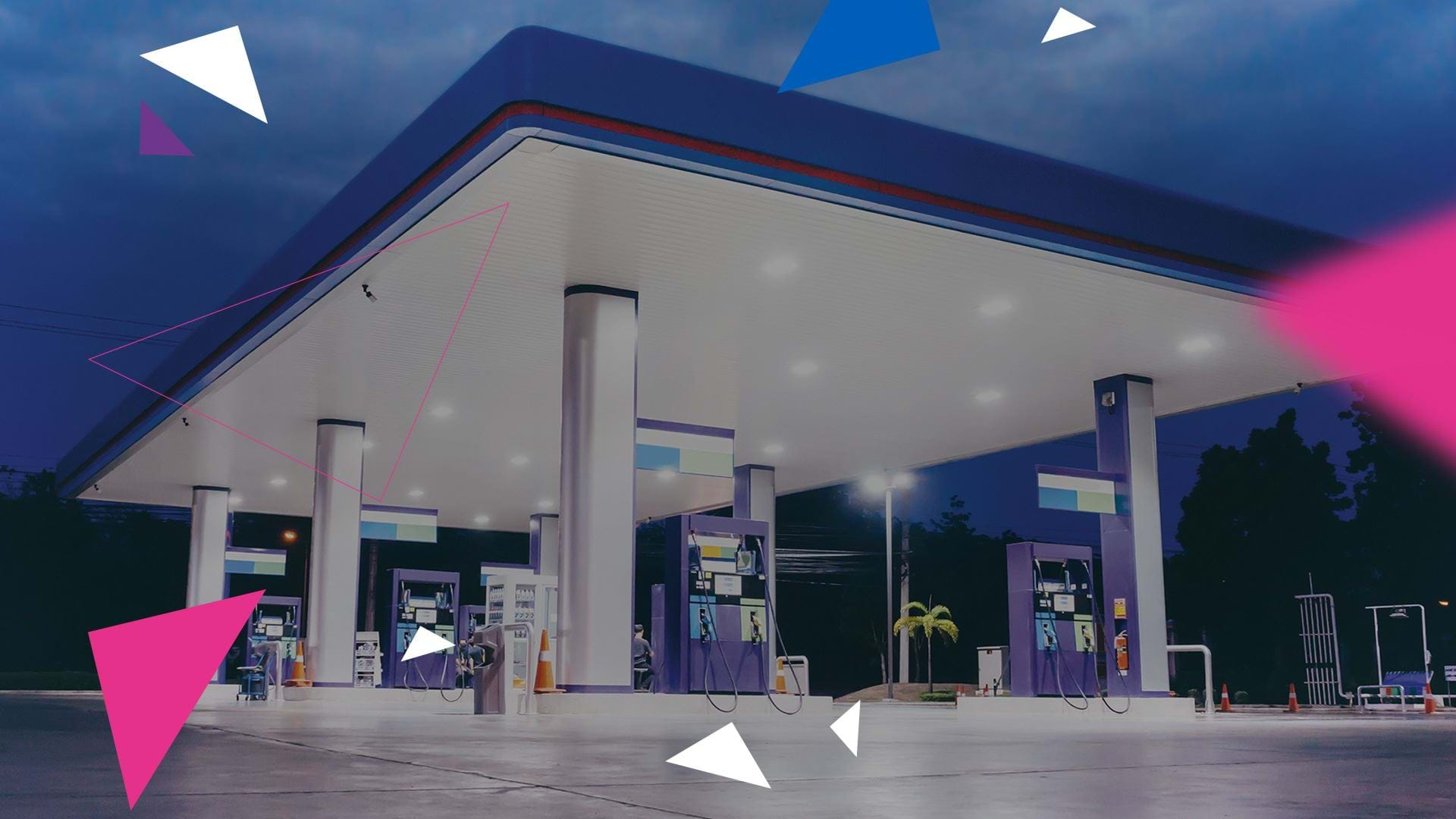
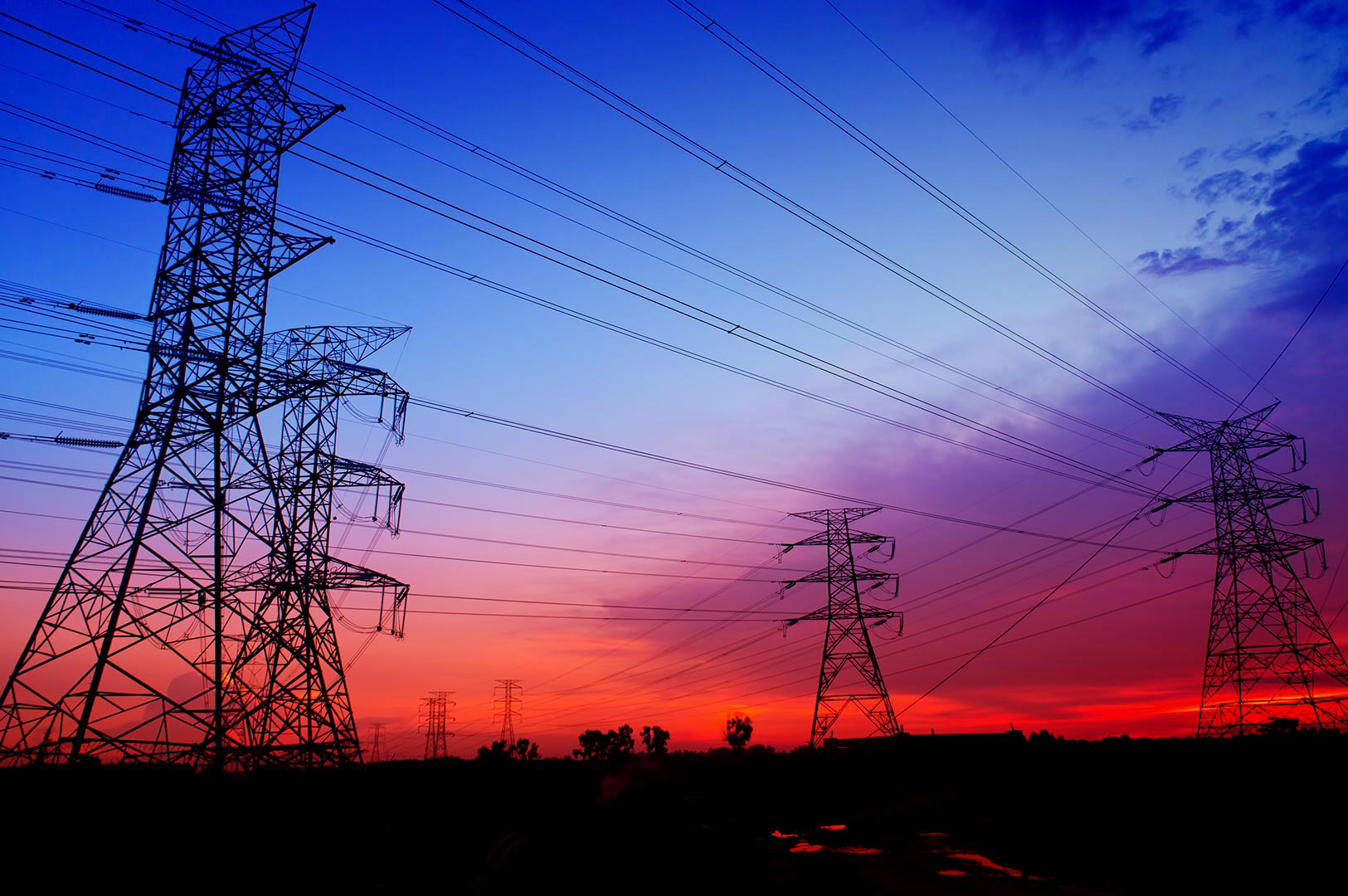
/npm214%20Digital_H_UB95.jpg)
/npm214%20Digital_H_UB132.jpg)
.png)

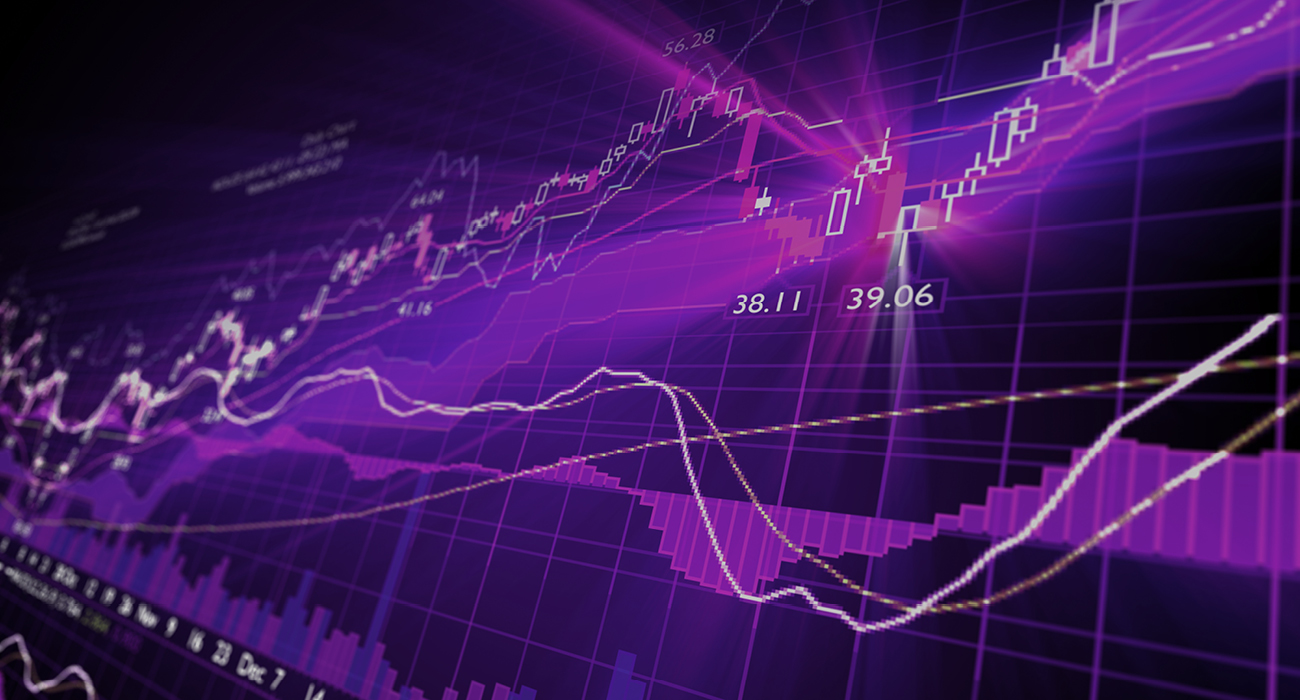
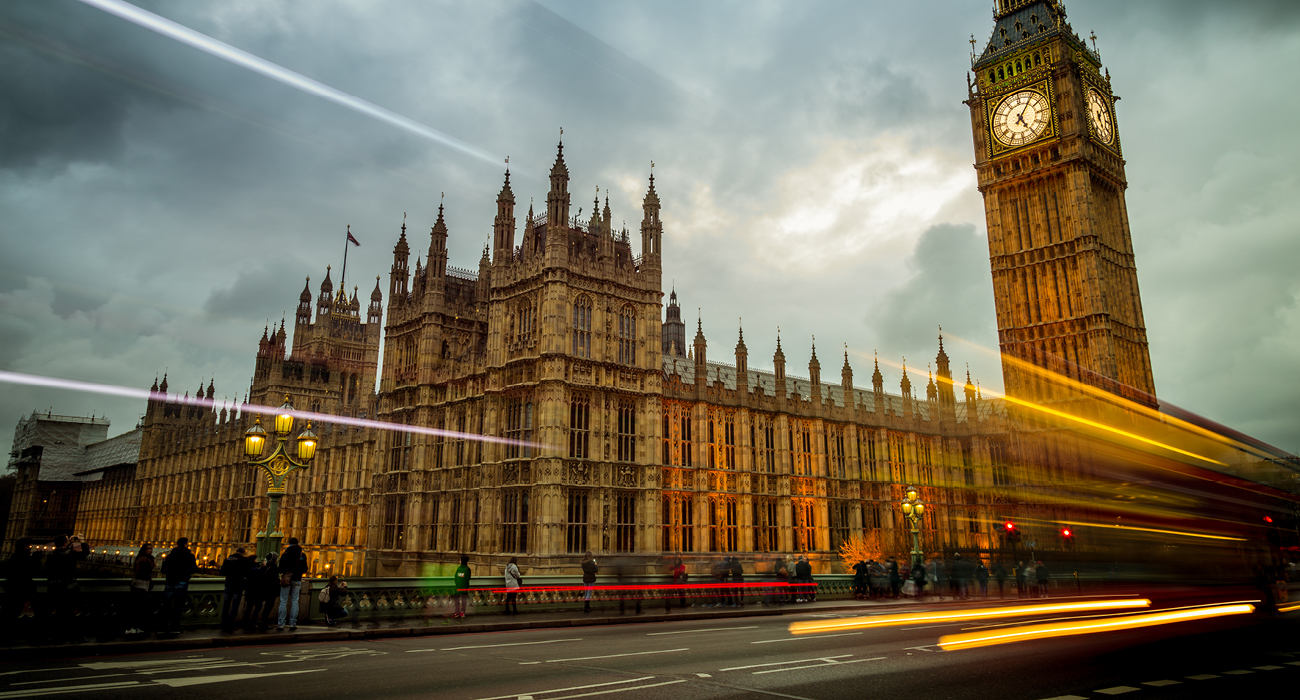
/npm214%20Digital_H_UB141.jpg)
/npm214%20Digital_H_UB139.jpg)
